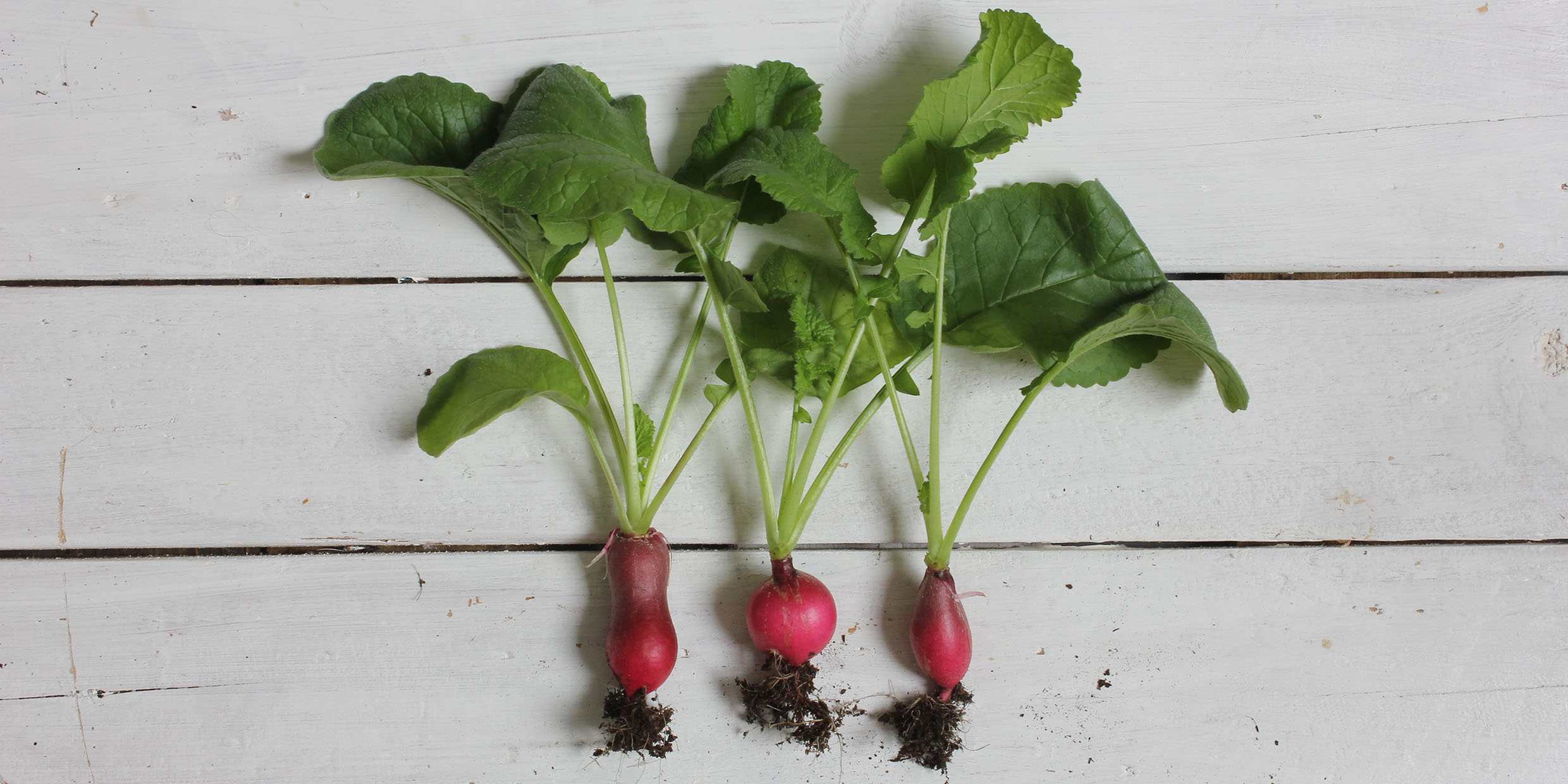Originally published 24 April 1989
All over New England spades are turning earth. It’s that time of year to ask the perennial question: Is gardening a science or an art?
Around our house the evidence comes down heavily on the side of art. I’m the scientist in the family, and whenever I bring my analytical skills into the garden the result is disaster. My non-scientific spouse, on the other hand, needs only walk into a room and the houseplants burgeon in their pots. If she sticks a dry twig into stony ground the result is a bountiful bush.
But the scientist in me refuses to admit that plump, juicy tomatoes cannot be engineered into existence by the brute application of analytic methods.
My dream of scientific horticulture was given a boost when I came across Roger Swain’s new book The Practical Gardener: Breaking New Ground. Swain is a host of PBS’s popular television series The Victory Garden. His scientific credentials are impeccable. He is a biologist, trained as an entomologist, and science editor of Horticulture magazine.
Plumb bobs and protractors
Swain is one of the best science writers working today. His essays are graceful, intelligent and always interesting, and the chapters of this new book on gardening are no exception. I eagerly culled his pages for evidence of a scientist successfully making things grow.
And in early chapters it did indeed seem that science, not art, made Swain’s garden flourish. Chapter one: Enough Sunlight. Swain the scientist ruthlessly applies Ockham’s Razor. “Soil, water, fertilizer — these things can be changed, but nobody ever repositioned the sun,” he writes, and gets out his compass, plumb bob and protractor to chart the motion of the sun across his backyard plot.
Now that’s the way I like to do things. Numbers. Graphs. Degrees of azimuth and altitude. How many foot-candles of sunlight fall on each radish plant? How many hours of full sun for each tomato? (And as I write these things I hear my spouse sniff derisively; she knows instinctively that our backyard is too shady for tomatoes.)
Swain is the son of two chemists (he tells us), and expounds with quantitative delight on soil acidity. I loved his chapter on the pH scale; it is laced with numbers and delicious dollops of chemistry. But at the end of the chapter comes a hint that chemistry alone will not make vegetables spring from the soil. “I will continue gardening in the soil I’ve got,” writes Swain, “which I’m certain is basically acid, more or less.”
From that moment of equivocation things start downhill (“Uphill,” I hear my spouse gleefully retort). By the time I get to Swain’s chapters on seed catalogs, mulch, and compost I detect art taking over from science. Worst of all, I detect the bane of the failed scientific gardener — the Green Thumb.
Listen to our author on watering grass: “Ignore all the advice about when to water; ignore the people who tell you not to water at night because you will cause fungus, or during the day because droplets of water will become tiny magnifying glasses and burn holes in the grass blades. It rains at all times of the day, doesn’t it? I prefer not to water at midday for the simple reason that the sun evaporates some of the water before it gets to soak in. I don’t water in the middle of the night because I am usually asleep.”
Practical magic
It dawns on me that Roger Swain the scientist and Roger Swain the gardener are not necessarily the same person. Roger Swain the gardener is part scientist and part artist, part entomologist and part insect adversary, part botanist and part implacable foe of weeds (“There are no pacifist gardeners.”). His head may be in the scientific clouds, but his hands are grubbing in the soil. This is not a man in a crisp white lab coat speaking, but a man who loves to thump the soil from a king-sized clump of carrots or feel in his hand the heft of a humungous summer squash. His lesson seems to be, “do whatever works.”
OK, so I’ll grudgingly admit, gardening is not a science. Surely science brings something to the garden. For example, the biologist who knows that plants and insects have been intimately associated for 300 million years is certain to approach the problem of pest control with a certain fatalism; “it is unreasonable to expect to have the former in your backyard and not the latter,” writes entomologist Swain.
The best gardener may be part scientist and part artist. Compasses, protractors, and pH kits won’t produce prize-winning veggies without a touch of horticultural magic, as Swain’s book on “practical” gardening delightfully confirms. And when you think of it, the best scientist is also part scientist and part artist. All the measuring and calculating in the world won’t make a laboratory drudge into an Einstein. Prize-winning science is done by those with the scientist’s equivalent of the gardener’s green thumb.



